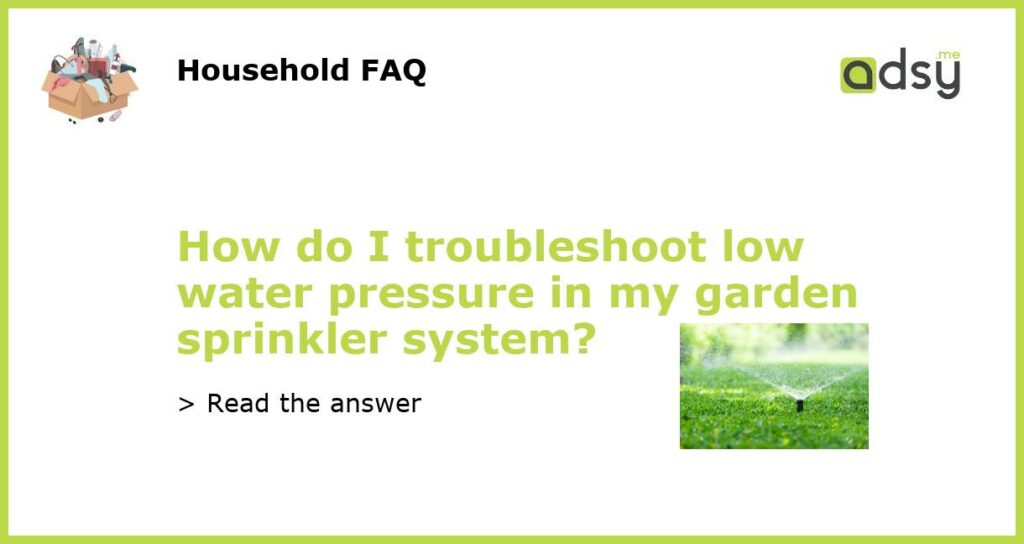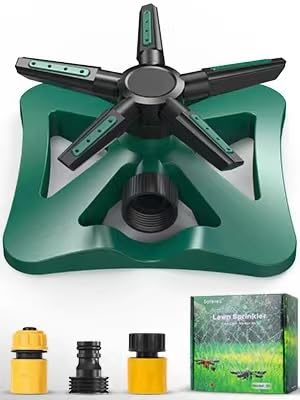Understanding the Problem: Low Water Pressure in Garden Sprinkler System
If you’re experiencing low water pressure in your garden sprinkler system, you may notice that sprinkler heads are not popping up properly, spray is not as strong as it should be, or certain areas are not receiving enough coverage. Low water pressure can be frustrating, but it can also indicate deeper underlying issues that need to be addressed.
Check For Clogs or Blockages
The first thing you should do is check for clogs or blockages in your sprinkler heads and pipes. Debris such as dirt, sand or small rocks can collect in sprinkler heads, causing blockages that can restrict water flow. If you notice a loss of water pressure in one or multiple sprinkler zones, this could indicate clogs in the pipes. To fix this issue, you’ll need to clean out the heads and pipes and remove any blockages.
Assess Your Pump and Filter System
If clogs or blockages aren’t the issue, you’ll need to assess your pump and filter system. If these components aren’t working properly, they can cause low water pressure, uneven coverage or even complete system failure. Check that your pump is functioning correctly and that your filters are clean and unclogged.
Check for Leaks
Another common cause of low water pressure is leaks in your sprinkler system. Check for leaks in all components of the system, including sprinkler lines, fittings, valves and the main water line that supplies water to your system. Leaks can cause water to escape before it reaches your sprinkler heads, which can cause low pressure and poor coverage.
Contact a Professional
If you’ve tried all of the above troubleshooting steps and you’re still experiencing low water pressure in your garden sprinkler system, it’s time to call a professional. They will be able to diagnose the issue and provide you with an effective solution. Don’t ignore low water pressure or uneven coverage in your sprinkler system. Addressing the issue early on can prevent more severe damage and save you time and money in the long run.



![HOZELOCK - Rectangular Oscillating Sprinkler Plus 180 m² : Small-area Spray Sprinkler on Sled, Ideal for Lawns and Established Plants, Adjustable Oscillation Zone: 15 Jets Uniform Watering [2972P0000]](https://m.media-amazon.com/images/I/31Rh+POxp0L.jpg)


![HOZELOCK - Sprinkler Rotating 79 m² : Small-area Base-mounted Spray Sprinkler (ø 10m), Ideal for Small Gardens: 8 Spray Patterns [2515P0000]](https://m.media-amazon.com/images/I/51ao37XH4nL.jpg)